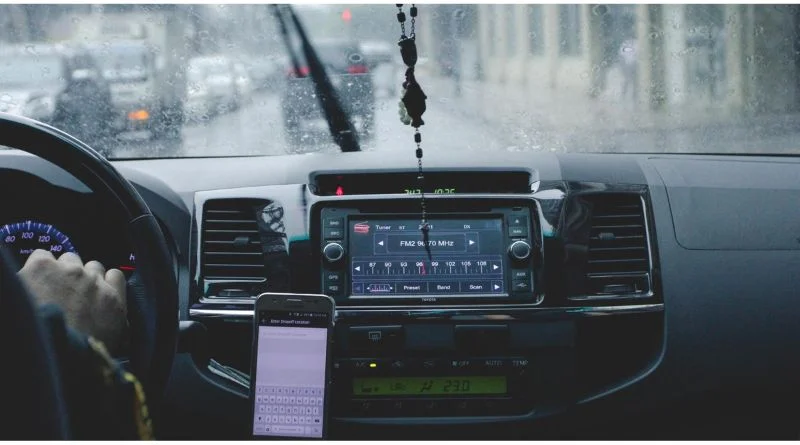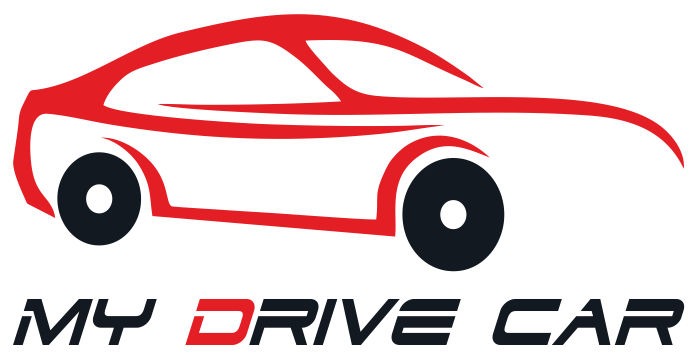Driving Innovation: Car App Integration for the Modern Driver
The automotive industry recognizes the significance of the time we spend behind the wheel – with Americans driving at least 70 billion hours each year. To enhance the driving experience, car applications are on the rise and are expected to grow exponentially in the next five years. By 2028, it is predicted that 70% of vehicles sold will have an integrated Android Automotive operating system, compared to the current 1%.
The primary motivation behind the development of car apps is to offer users a more personalized and seamless driving experience. These apps aim to integrate the functionalities of mobile devices with that of vehicles, providing an enhanced digital service.
Benefits of Car App for Modern Driver
Car apps provide a range of benefits as they seamlessly integrate with sensors to monitor driver actions and vehicle performance. This integration allows drivers to perform tasks like making calls, setting routes, and reading messages without interrupting their focus or compromising safety.
Instead of relying on their cell phones, users can conveniently manage applications directly on the vehicle’s screen. Various mobile technology companies, such as Android, have integrated both systems and platforms, exemplified by the development of the Automotive OS. This operating system, as explained by Senior Developer Kayvan Kaseb in his Medium blog, allows for more seamless experiences and features like navigation with Google Maps, music streaming with Spotify, and climate control adjustments. Unlike the Android Auto platform, the apps and services run directly in the car itself, ensuring a smoother and more integrated experience.
Apple users also have a system called CarPlay, which requires an iPhone. By connecting their iPhones via USB or Bluetooth, drivers can easily access features like music streaming, call management, map navigation, and route planning.
Car apps can offer more than smartphones, thanks to integration with car sensors. They can receive information about the movement of the car: direction, speed, revolutions, and temperature. Even accessing cameras is entirely possible, and the AI can interpret what’s going on around it quite accurately. Users can conveniently manage applications on the vehicle’s screen because of the integration between mobile technology companies and automotive systems and platforms.
Apple and Android platforms have seamlessly integrated into cars, serving a dual purpose. They enable smartphone users to easily navigate the touchscreen displays in their vehicles and import useful mobile apps. The integration of more automotive mobile apps brings us closer to a fully automated driving experience. Very soon we will be transforming our cars into mobile offices.
Cybersecurity Issue
Connectivity poses various timely concerns, including cybersecurity, which centers around safeguarding the extensive data amassed, utilized, and shared by car computers. Original equipment manufacturers (OEMs) are exploring blockchain for streamlined transaction processing, spanning car purchases, supply chain management, car security, car services, fractional ownership, and autonomous vehicles.
Of course, every technology carries cybersecurity risks that escalate if unaddressed during development. It becomes crucial for vehicle technology developers to tackle issues like protecting gathered data, ensuring qualified operators, and thwarting hackers.
The need for integration in a car of security systems is relevant in all systems that access the Internet. This applies to iPhones, entertainment, and controllable car systems. One of the methods of protection is VPN. With VeePN you can protect all devices that connect to the Internet. It can even unblock websites by changing the IP address.
Current State of Affairs and Future
Progress in the development of applications for cars has already been significant, but there is still room for improvement. Today, no one can grasp the full potential of automotive systems; we are only moving towards this point. Have you ever thought that the glass in your car could be the perfect display? With augmented reality technology, it will be possible to watch movies while driving autonomously, display maps, etc.
One fascinating aspect of automotive mobile technologies is the integration of health and wellness apps that are already available on mobile devices. Hyundai has already demonstrated how these apps and their required sensors can be seamlessly incorporated into vehicle interiors.
“These features are invaluable in cars and can be easily integrated,” emphasizes Appnovation’s app developer and automotive mobile development expert, Shazmah Nawaz. “We already have apps that can monitor an individual’s health, such as blood pressure and pulse. Imagine connecting these metrics to a car’s systems, so that drivers experiencing low blood pressure, low blood sugar, or an irregular heartbeat could be alerted to the rest. “
However, the integration of such technologies also brings along distractions that were non-existent 35 years ago, and they could potentially affect the task of operating a motor vehicle.
Application Development for Modern Driver

To maintain a competitive edge, companies and app developers aiming to venture into the automotive app space must consider multiple factors. Here are some key aspects to keep in mind:
- Evaluate the available technology options to develop a functional and stable app that stands the test of time amidst evolving industry trends.
- Ensure that the app supports multiple maps, offering diverse options and easy integration for drivers.
- Engage experienced developers who specialize in automotive apps, as these systems can be intricate and require adherence to specific procedures distinct from mobile app development.
- Prioritize testing to identify and rectify any errors before users encounter them, rather than rushing for a faster market release.
Technical challenges often arise during app adaptation, particularly when dealing with user flow and specific head units. This is because head units often have a limited range of UI tools and their locations and interactions can be restrictive. Consequently, we need to create an app that accommodates these limitations while retaining as many functional features as possible, ensuring clarity and user-friendliness are prioritized.
Conclusion
Undoubtedly, a future where all vehicles are interconnected is on the horizon. This significant revolution has already begun, taking its initial steps cautiously. However, it won’t be long before it becomes a prominent topic at various conferences, extending beyond telematics and in-vehicle information and entertainment systems. Synchronization of data will be stored in the cloud, with customized application user interfaces for each device.




